News
The Art of Snooting
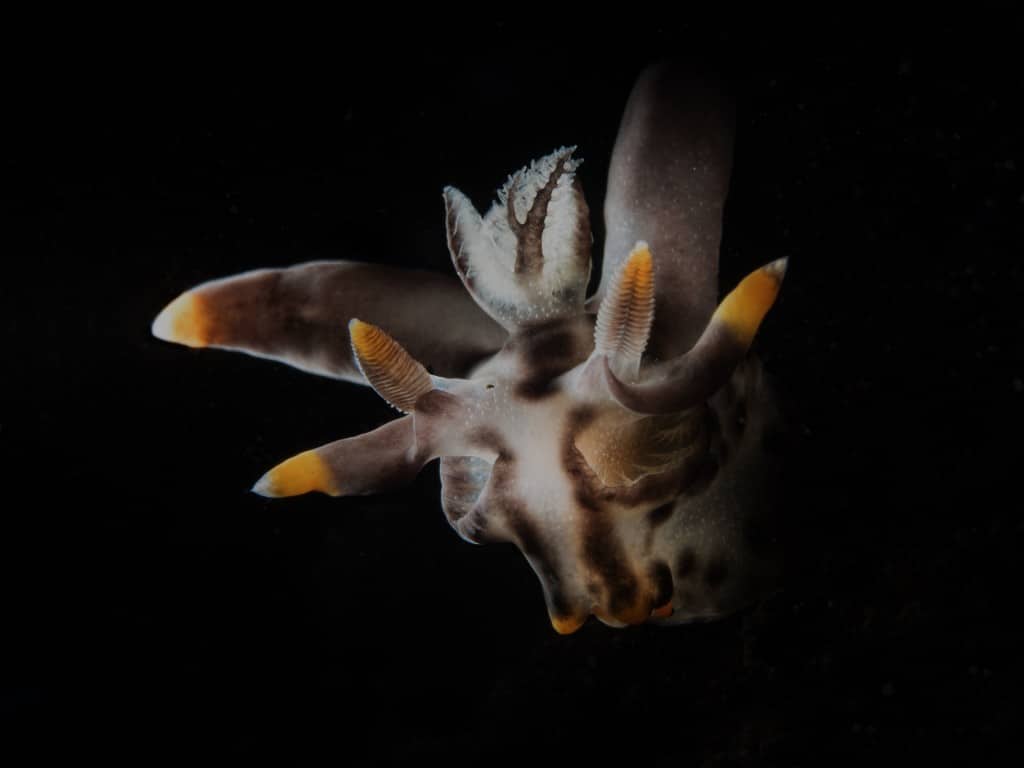
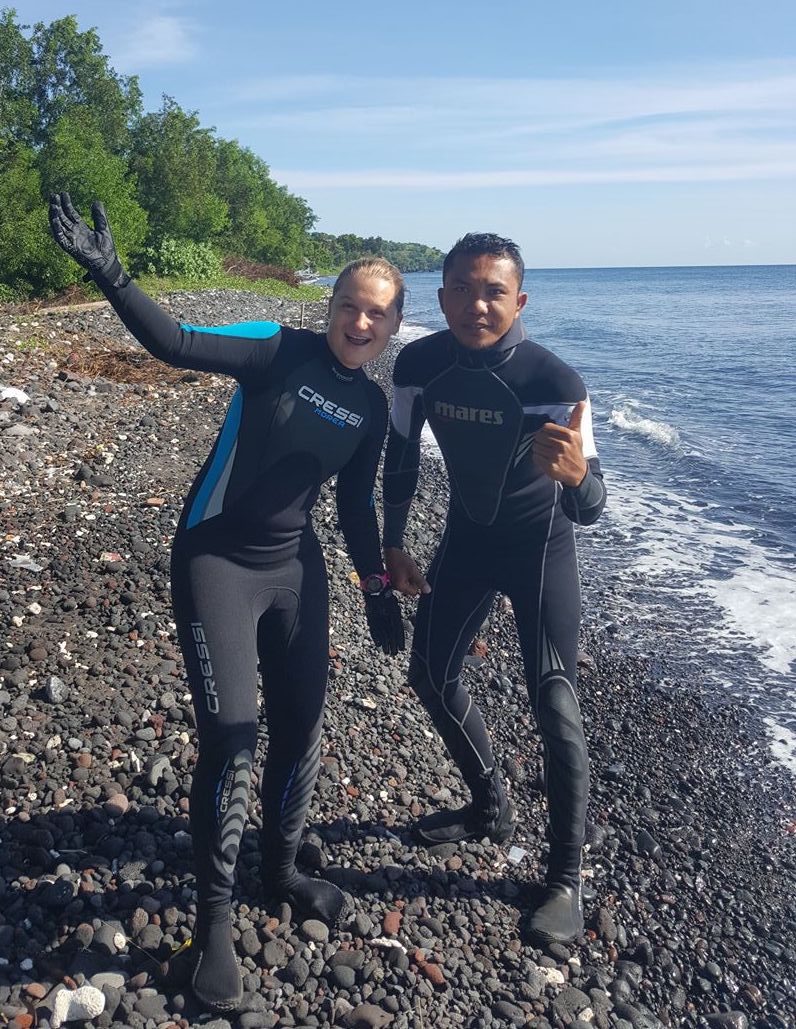 Are you a black background enthusiast? Do you enjoy playing with the texture and shadows of your subject? Are you looking for a new challenge? If you answered yes to any of these questions, snooting could be the next technique you need to master!
Are you a black background enthusiast? Do you enjoy playing with the texture and shadows of your subject? Are you looking for a new challenge? If you answered yes to any of these questions, snooting could be the next technique you need to master!
For this post I’ve collaborated with Ajiex Dharma, a freelance dive guide and accomplished macro photographer, based out of Tulamben, Bali. Well known for his signature black background photography, Ajiex regularly teaches keen divers the snooting technique. In this blog, we’re going to be talking through the benefits of snooting and some tips and tricks for you to get started.
Before we get started, what is snooting? Usually reserved for shooting macro subjects, snooting is a lighting technique where a tube or funnel is placed over the front of strobe(s), allowing the photographer to direct light onto the subject in a more precise manner. The photographer will typically shoot photographs of this style using a high shutter speed, higher f-stop value and a low ISO. This creates a crisp black background in contrast to the illuminated subject.

A relatively inexpensive technique to try out for yourself, gear ranges from home made ten dollar funnels, through to the more expensive Retra snoot… and everything in between. There really is an option to suit every budget.
I asked Ajiex what he thinks is the benefit of the technique and what a photographer can expect to gain from shooting using snooted lighting in comparison to a less fiddly technique?
“Snooting is a different shape of lighting. It is particularly useful when you enjoy achieving a black background in your photographs. A snoot is really worth the extra effort for isolating a subject where, due to how the subject is located, you can anticipate a messy foreground or bland background. You can make a subject stunning and elevate your photograph from an ID shot to a work of art!” AD
So, let’s get started, these are our top tips and tricks you need to consider when trying your hand at snooting.
1: Get your buoyancy under control
Snooting requires you to get very close to your subject, so as you can imagine, buoyancy is critically important. As a photographer, you want to approach your subject in a calm and controlled manner to prevent your subject from running away or hiding. Creeping up on your subject with minimal disruption to it or the muck and sand around you will save you time editing out backscatter in post. It will also allow you more time with your subject, minimizing any stress you may cause it.
Additionally, like in all underwater photography, the more rapidly you breathe and the more you move, the faster you’re going to run through your air while also introducing motion blur into your image.
2: Know your camera
“Understanding your equipment is really important. It helps you understand what settings you need to get the shot you want. For example, if you shoot a hairy shrimp with a backlight, you need to know how to capture the details. If you use a big f stop (f5), you will get more light but you will probably find your picture is too bright. You will also find this depth of field too shallow. If you use f22 (or higher) this image will be even better because it will be sharp” AD

As with all macro photography, you need to understand the relationship between ISO, Aperture and Shutter Speed. You will still need to evaluate the size of your subject and the effect you want to create. The lighting technique is not a substitute for good macro practices. Make sure the eyes or key features of your subject are sharp and in focus and that you’re shooting with intent.
3: Get a friend to help you
Picture an actor standing on a stage with a spotlight above them. One step in either direction and your actor is in darkness. A snoot performs in much the same way. The beam of light can be so narrow that one centimetre in the wrong direction and your beautiful nudibranch or decorator crab will be in darkness.
Getting a friend or assistant to give you a hand will make getting the hang of snooting initially much easier. Eventually, after a lot of practice, you will get a feel for the new piece of equipment and will develop an understanding of where the snoot needs to be placed in relation to your camera and subject. However, when you’re just starting, doing this on your own will be infuriating. Your friend or buddy will be able to see the subject easily and help you place the light more efficiently onto the subject.
If your strobe has a focus light, use it. It’s so much easier to be able to see a beam of light coming from your strobe before you take the shot. It will give you a much better idea of what features will be illuminated, how the shadows will fall and whether or not your subject will be over or under exposed.
This will be a great help for your buddy initially to get light placement just right. Additionally, when you come to shooting on your own, this will be an invaluable learning aid.
4: Get creative!
“Snooting is about getting creative and using different lighting. Backlighting, side lighting, it’s about drama!” AD
Remember my spotlight analogy from point two? Now forget it! It’s time to get creative. Top down lighting is not your only option. The real benefit of snooting is that you can direct light precisely from any direction imaginable. When you’re first learning, find a single interesting subject and stay with it. Snoot it from the top, the back (particularly if it’s transparent), the sides, underneath and watch how the shadows and the texture of the subject change. Although maybe try and find a subject without eyes that won’t mind being blasted with light over and over again…
As an example, I’ve included an image below of an emperor shrimp on a nudibranch. I’ve seen many of these pics with the shrimp sitting in between the rhinophores lit from the top down. I wanted to do something different. The snoot was placed facing the shrimps face but with the power of my strobe dialled right down.
By doing this, it allowed me to showcase the texture of the nudibranch skin. You can actually see the little feet of the shrimp digging into the surface of the nudibranch. If you keep looking at the images, you can even see the wrinkles and fold of the skin. I thought it was something beautiful and unique, worth capturing.
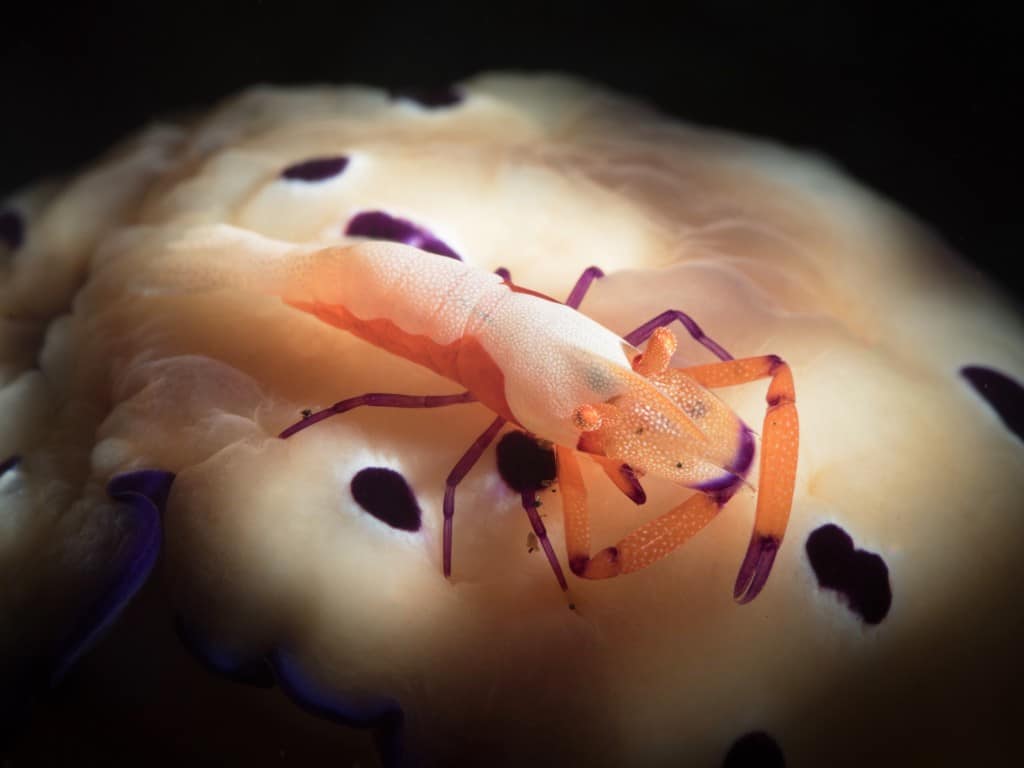
To show you a different effect, Ajiex and I photographed the Pikachu nudi using a side lighting technique. The snoot was held to the side of the subject, allowing the transparency to become the feature of the photograph. Additionally, by creating highlights and shallows, the folds of the face became far more apparent. I feel like it gave the subject an interesting personality and interest.

As a final tip, when snooting, remember you don’t have to capture the subject in isolation. Sometimes it is interesting to include a little of the background of context. If there is a beautiful tunicate, try and include this in your shot. Really this tip is about playing with your gear and really finding out what you like and the best way to achieve shots that you feel proud of.
Wrapping up, I really hope you’ve got a good sense of what snooting is and some practical tips to help you get stuck in. It’s a technique I absolutely love using. Despite the initial frustrations of learning how to place the snoot and using the power setting on my strobe to get a light balance that I enjoy, it’s been a really worthwhile challenge and I highly recommend that you give it a go!
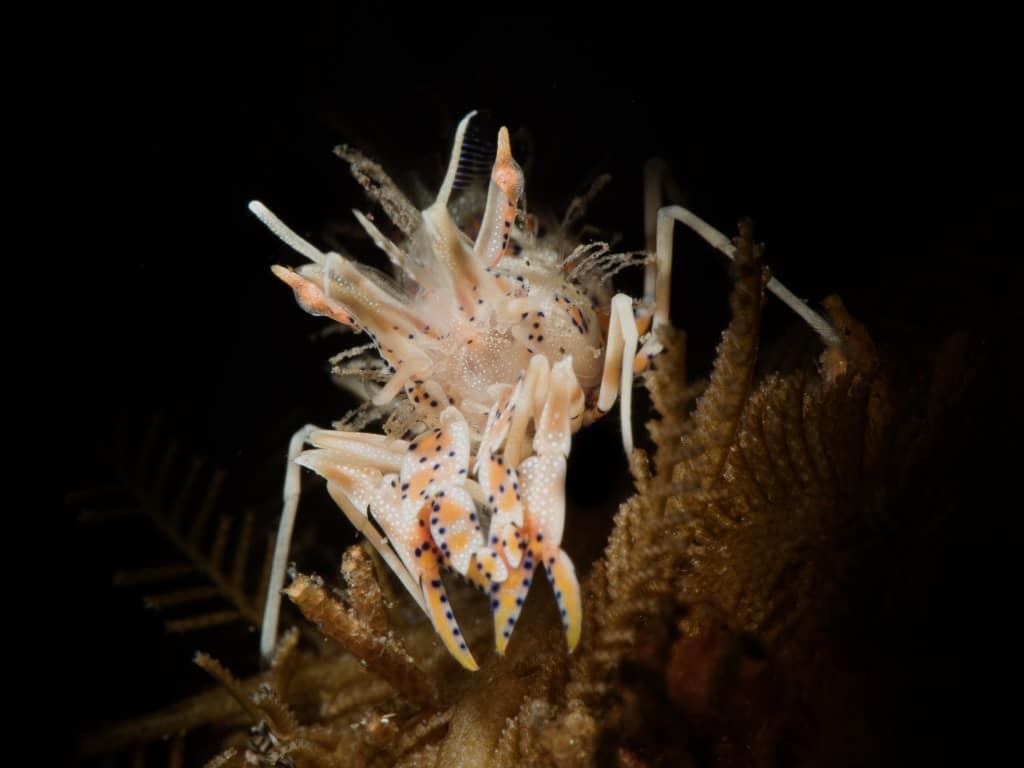
If you’re ever in the Tulamben area and want to take lessons or learn more about snooting, you can reach Ajiex here on Facebook or Instagram @ajiexdharma.
Check out more of Miranda-Clare’s photos on Instagram @divingphotos or visit her website www.mirandaclare.com.
Blogs
EXCLUSIVE: Jeff Goodman interviews Mark Spiers, CEO of New Scuba Diving Training Agency NovoScuba

In a video recorded exclusively for Scubaverse.com, Jeff Goodman interviews Mark Spiers, CEO of new scuba diving training agency NovoScuba.
Find out more about NovoScuba at www.novoscuba.com.
News
Charting New Waters; NovoScuba Goes Global with the Launch of their Revolutionary Dive Training Agency!
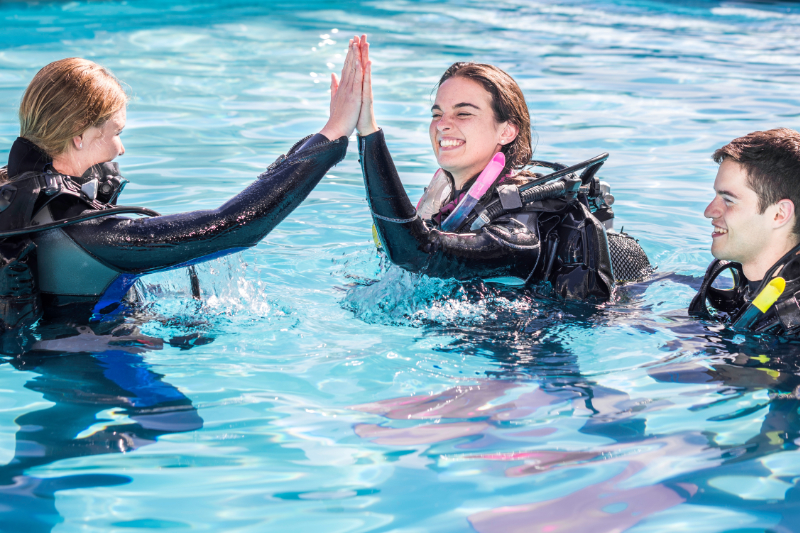
Discover a New Era of Dive Education: NovoScuba Brings Innovation to the Surface! Fully ISO Certified and Equipped with Cutting-Edge Technology.
 With a combined experience spanning over a century in the diving industry, a team of accomplished dive store owners, managers, and professionals unveils NovoScuba, a ground-breaking dive training agency poised to redefine the benchmarks of underwater education. Launching in May 2024, NovoScuba promises a revolutionary approach to dive training. Their vision is to make diving accessible to everyone, share success within the dive community and emphasise positive interactions with the planet.
With a combined experience spanning over a century in the diving industry, a team of accomplished dive store owners, managers, and professionals unveils NovoScuba, a ground-breaking dive training agency poised to redefine the benchmarks of underwater education. Launching in May 2024, NovoScuba promises a revolutionary approach to dive training. Their vision is to make diving accessible to everyone, share success within the dive community and emphasise positive interactions with the planet.
NovoScuba’s global debut marks a significant milestone in the dive industry. Driven by a vision to challenge convention and harness the power of technology, NovoScuba aims to revolutionise the dive training landscape through its innovative business model, which is digitally native, making it the most technologically advanced dive training agency to date.
“We recognised the need for change in the dive training industry and saw an opportunity to leverage technology, and redefine existing business models to create something truly innovative,” said Mark Spiers, CEO of NovoScuba.
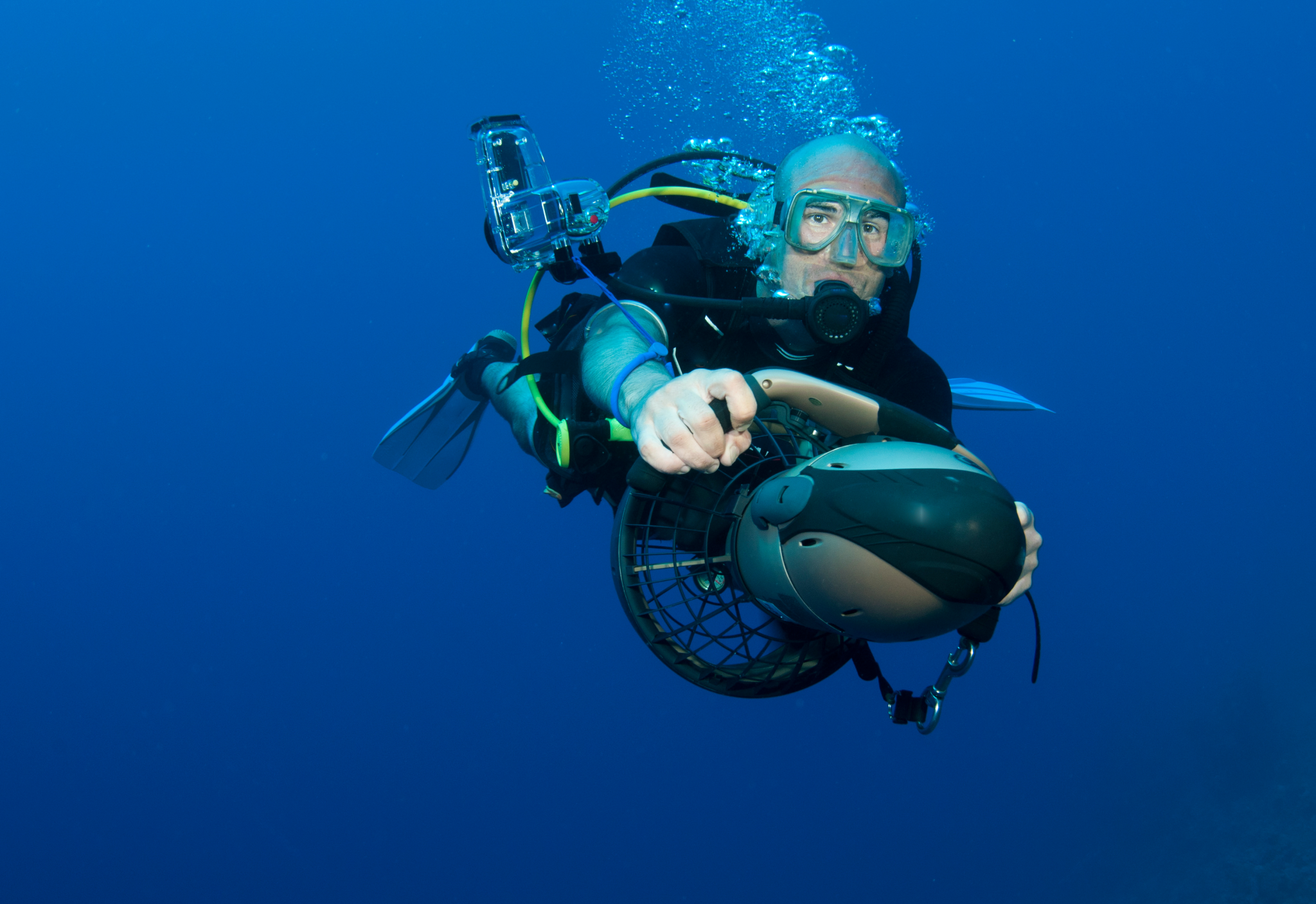
NovoScuba’s platform offers state of the art training programmes ranging from introductory up to professional diving, including various specialties. All programmes meet international standards and ISO certifications are in place. This commitment to shared success, accessibility and positive results for the planet, all at a cost effective and affordable level, is what will make NovoScuba stand out.
“Our deep understanding of traditional pain points for the industry, combined with our digitally native approach positions NovoScuba as a game-changer in dive education. Offering unparalleled initiatives such as student subscription, open access to all course materials, pay as you certify, no stock required, monthly membership payments, payment in local currencies, one-click certifications, and membership freezing, NovoScuba is set to redefine the industry. Available in 13 languages, at launch, the NovoScuba courses are written for the modern divers, with a focus on up-to-date content, interactive learning, and an engaging platform,” Mark Spiers concluded.
NovoScuba is challenging a change in the industry, redefining established traditional systems, and ushering in a new standard of excellence, support, and partnership. Their collaborations with dive stores, pros and underwater enthusiasts won’t demand exclusivity, prioritising earned loyalty, and an understanding that their Member’s success is key to their own.
NovoScuba
Diving Redefined.
-

 News3 months ago
News3 months agoCapturing Critters in Lembeh Underwater Photography Workshop 2024: Event Roundup
-

 Marine Life & Conservation Blogs3 months ago
Marine Life & Conservation Blogs3 months agoCreature Feature: Swell Sharks
-

 Blogs2 months ago
Blogs2 months agoMurex Resorts: Passport to Paradise!
-

 Blogs2 months ago
Blogs2 months agoDiver Discovering Whale Skeletons Beneath Ice Judged World’s Best Underwater Photograph
-

 Gear Reviews3 weeks ago
Gear Reviews3 weeks agoGEAR REVIEW – Revolutionising Diving Comfort: The Sharkskin T2 Chillproof Suit
-

 Gear Reviews3 months ago
Gear Reviews3 months agoGear Review: Oceanic+ Dive Housing for iPhone
-

 Marine Life & Conservation2 months ago
Marine Life & Conservation2 months agoSave the Manatee Club launches brand new webcams at Silver Springs State Park, Florida
-

 News2 months ago
News2 months agoPADI Teams Up with Wellness Brand Neuro to Drive Ocean Change and Create a Blue State of Mind

















